Instead of using a generic DAC IC, we incorporated a newly-developed TEAC ΔΣ (Delta Sigma) discrete DAC comprised of discrete circuitry that uses FPGA incorporating our original algorithms. Analog signals are output with high audio quality. DSD signals are transmitted as is, while PCM signals are transmitted after passing through a ΔΣ modulator and conversion to either 1-bit or multi-bit signals; according to the end users choosing.
We can say that achieving this wide, perfectly clear sound field, which can be realized specifically because of the discrete design, is TEAC reaching the pinnacle of its sound objectives.
We have incorporated a best-in-class dual mono structure throughout the unit, from the power circuit with independent left and right toroidal core transformers to the D/A converter section and analog output stage.
This dual model structure, which has complete mono circuits for each of the two channels, prevents interference between the left and right channels, enabling the realization of rich musical expression that reproduces the sense of space and dimension.
The fully balanced transmission of both the left and right analog output signals from after D/A conversion through the final output stage improves the signal-to-noise ratio and the dynamic range. This conveys signals in a purer state without losing the sense of air that high-resolution audio sources have.
In addition to the 2 toroidal core transformers for the independent left and right analog signals, separate toroidal core transformers are also used in both the network module and digital control sections. In particular, stable electricity is supplied to the network module, which requires advanced processing, by strengthening the power supply for the network module section with linear power.



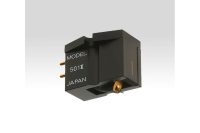
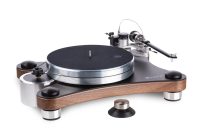

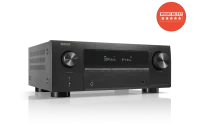
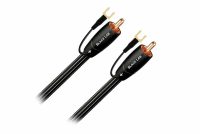


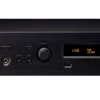


Reviews
There are no reviews yet.